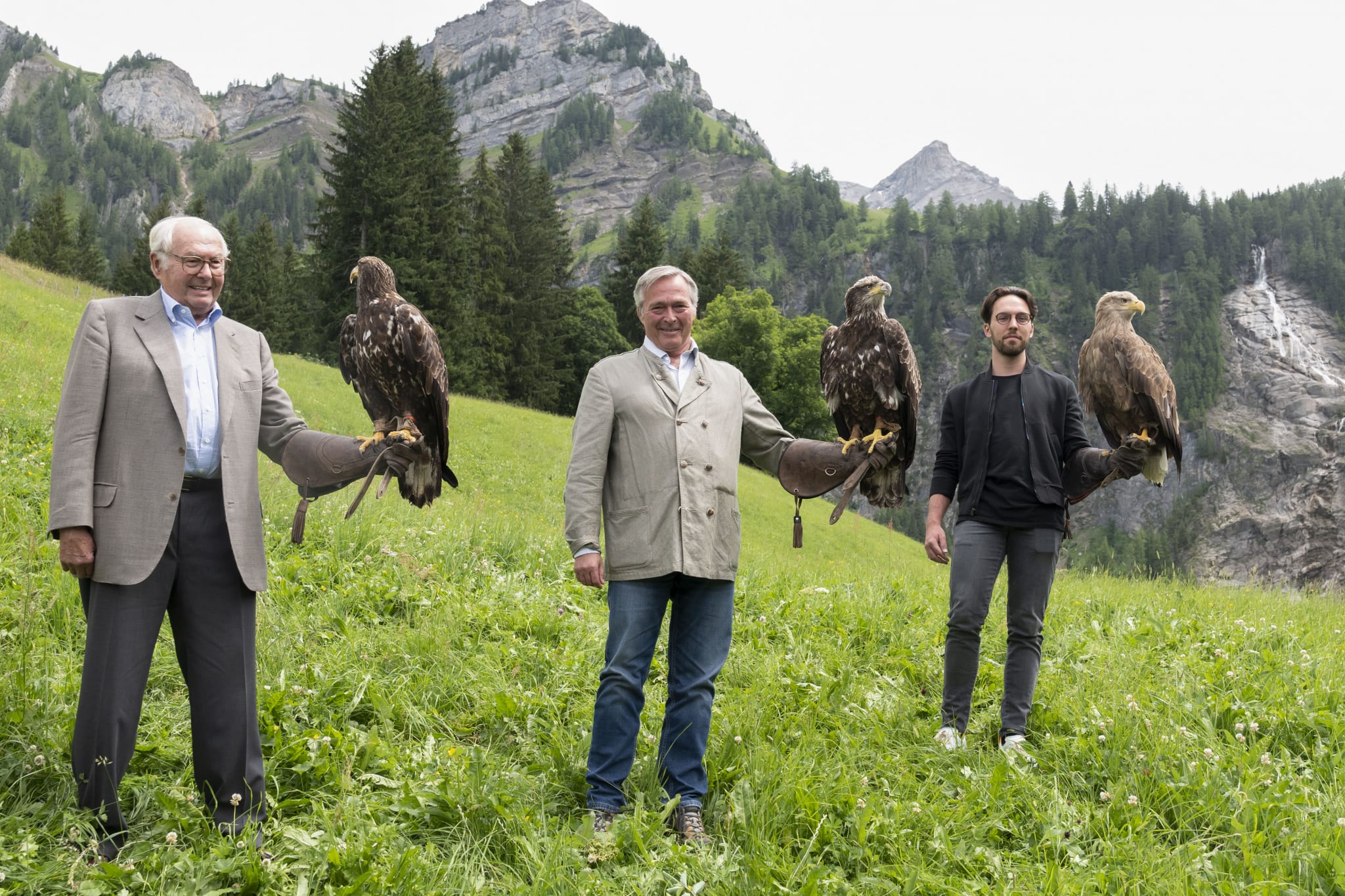It is 25 years since Chopard unveiled its first watch with an in-house movement and production at its Alpine manufacture is now up in the region of 50,000 calibres per year. That should be a bigger story, given the quality of the factory’s output, but it took the recent launch of the sporty Alpine Eagle to really catch the eye of the watch industry as co-CEO Karl-Friedrich Scheufele told Robin Swithinbank on a mountain trek together.
High in the mountains above the Swiss town of Gstaad, Karl-Friedrich Scheufele is talking about Chopard’s numbers, which, he says, are climbing. New peaks are on the horizon.
“We had a very good 2021,” says the company’s co-president, keeping from the mid-summer sun under the boughs of a vast sycamore tree. “And 2022 is an even better year. Let’s say we are 10-15% ahead of 2021. We are basically just about at par with 2019.”
Much of that growth, continues Mr Scheufele, is down to the success of the Alpine Eagle, a luxury sports watch that Chopard introduced in 2019. When it launched the collection, which is based on Mr Scheufele’s own St. Moritz design of 1980, the company had targeted 2,500 pieces in year one. “Our plan is to reach around 8,000 to 9,000 in 2023, and definitely 10,000 the year after,” he says.
The irony is not lost on him. Mr Scheufele initially waved the Alpine Eagle away when it was proposed to him by his father and son, Karl and Karl-Fritz Mr Scheufele. Three generations of one billionaire dynasty are never likely to see eye-to-eye on everything, but one thing they now agree on is that the Alpine Eagle is reinvigorating the Chopard story.
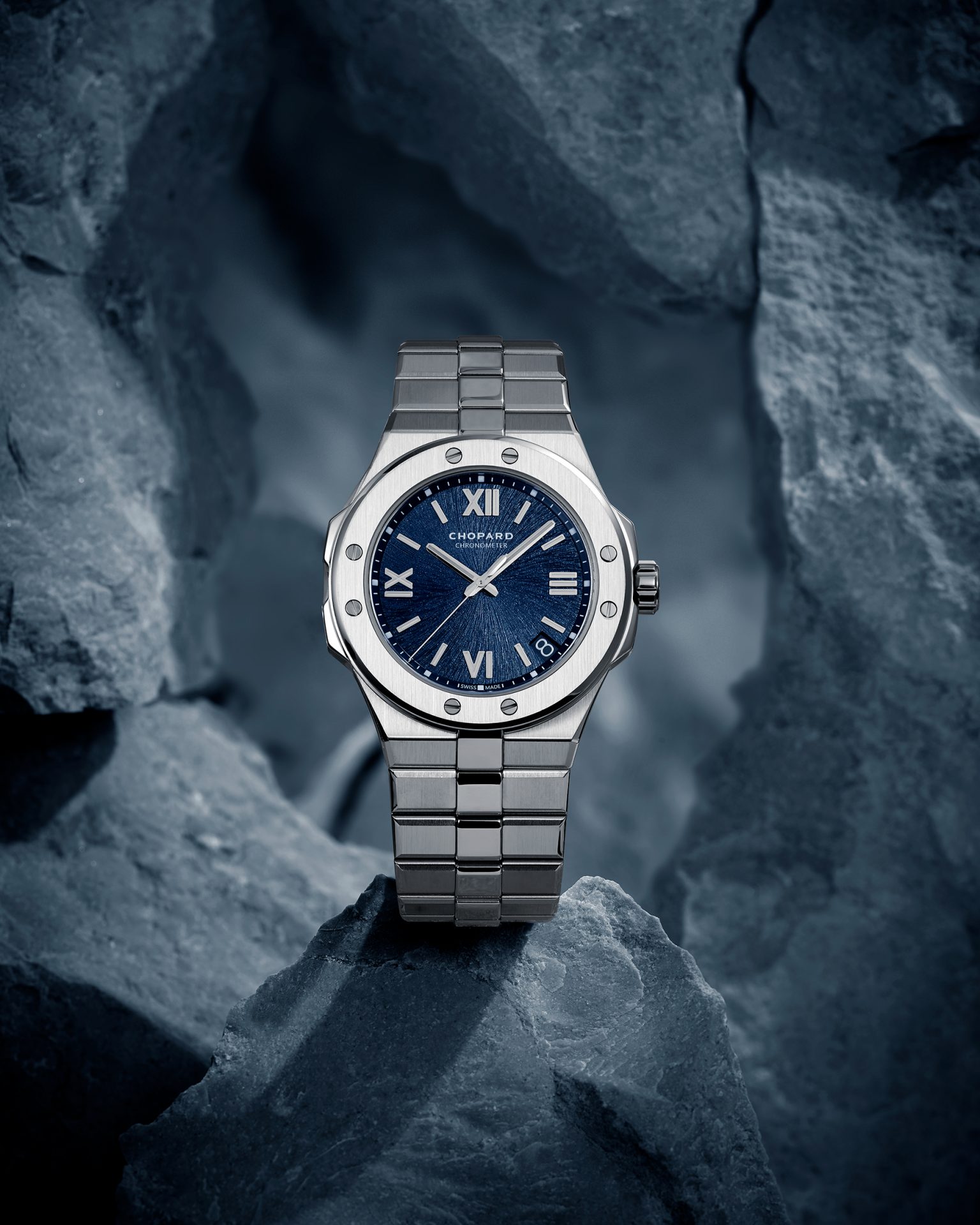
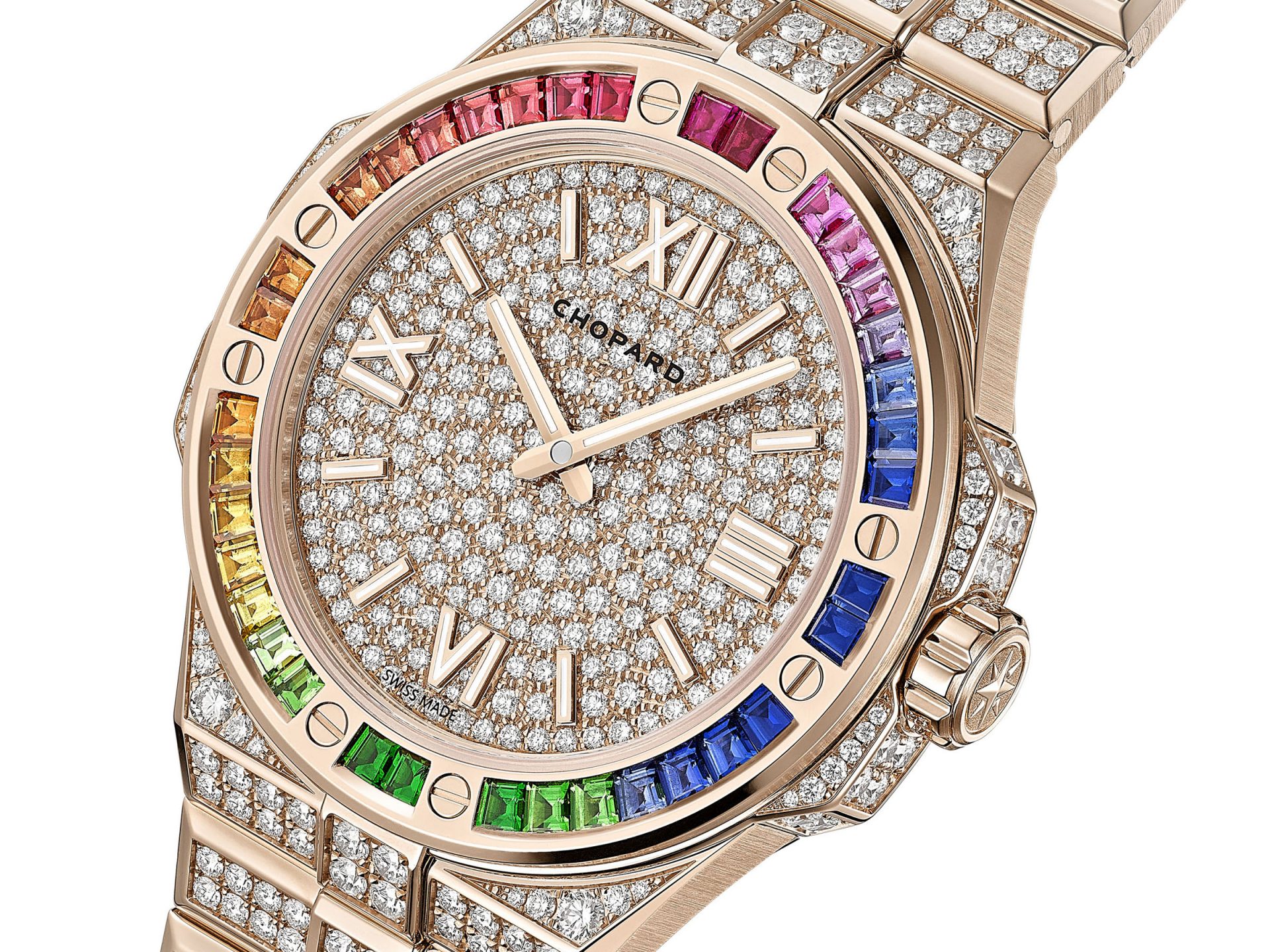
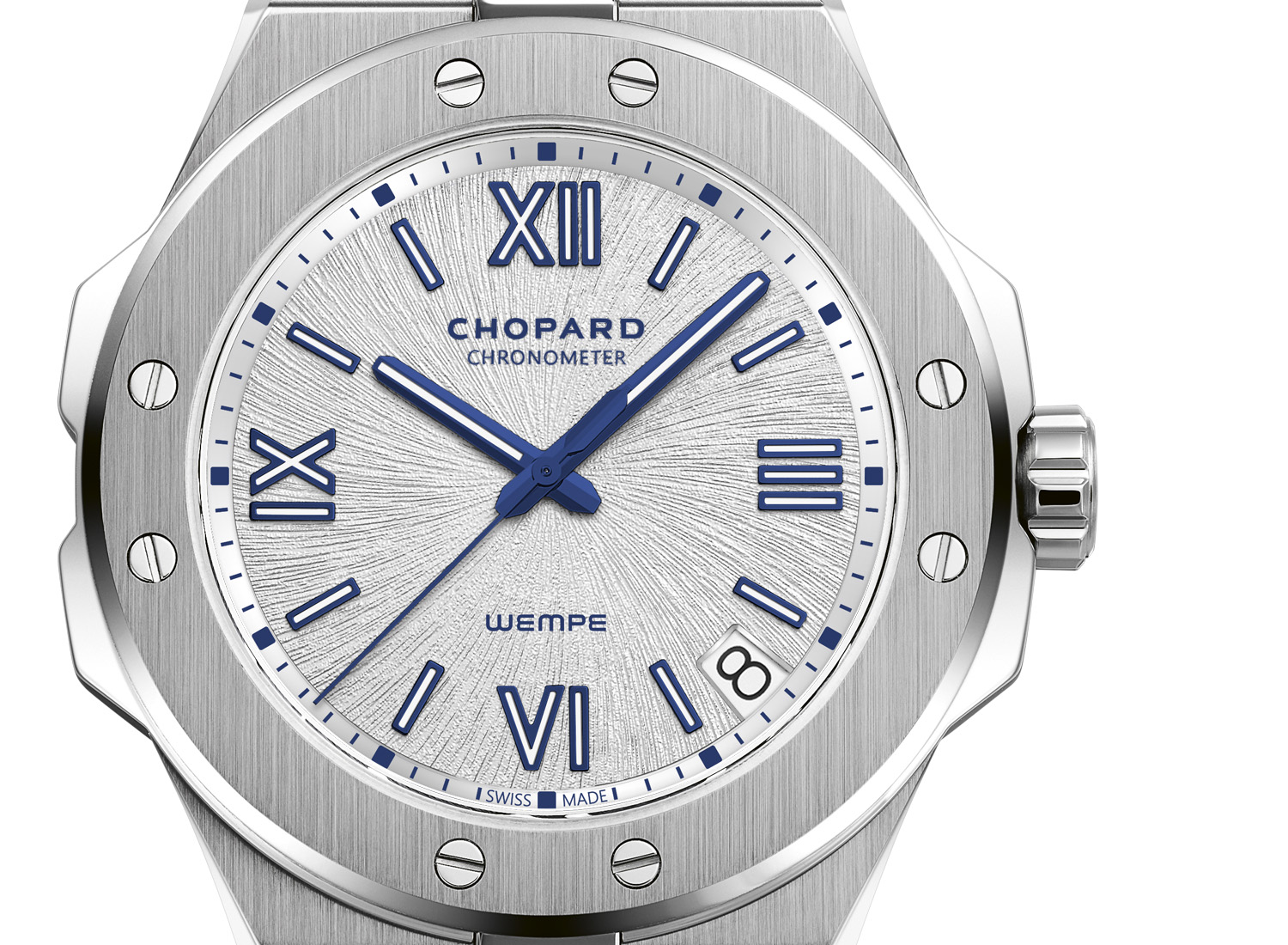 The model’s ascent has also cast fresh light on the 25th anniversary of Chopard’s in-house movement programme, which began in 1996. The first Chopard watch with an in-house movement, the L.U.C 1860, came out a year later.
The model’s ascent has also cast fresh light on the 25th anniversary of Chopard’s in-house movement programme, which began in 1996. The first Chopard watch with an in-house movement, the L.U.C 1860, came out a year later.
Mr Scheufele calculates Chopard has invested “tens of millions” of Swiss francs in movement manufacturing. “Yes, it’s been worth it,” he says. “[At the time] it was totally unusual, but I really believed right from the beginning that to have the credibility we needed to invest in our own manufacture facilities.”
Back then, the rush towards so-called manufacture status, whereby brands invest in developing and producing their own “in-house” movements, had yet to begin. The sting of the quartz crisis had not worn off completely, and most brands were still entirely reliant on third parties, chiefly Swatch Group’s specialist movement manufacturer ETA.
But credibility has been a long time coming. In the 2000s, then Swatch Group boss Nicholas Hayek announced he wanted to reduce supply of ETA movements to his competitors, prompting a litany of brands outside the group to plough huge sums – of borrowed money – into building manufacturing facilities. Chopard’s move had been prescient, but it was quickly one of many.
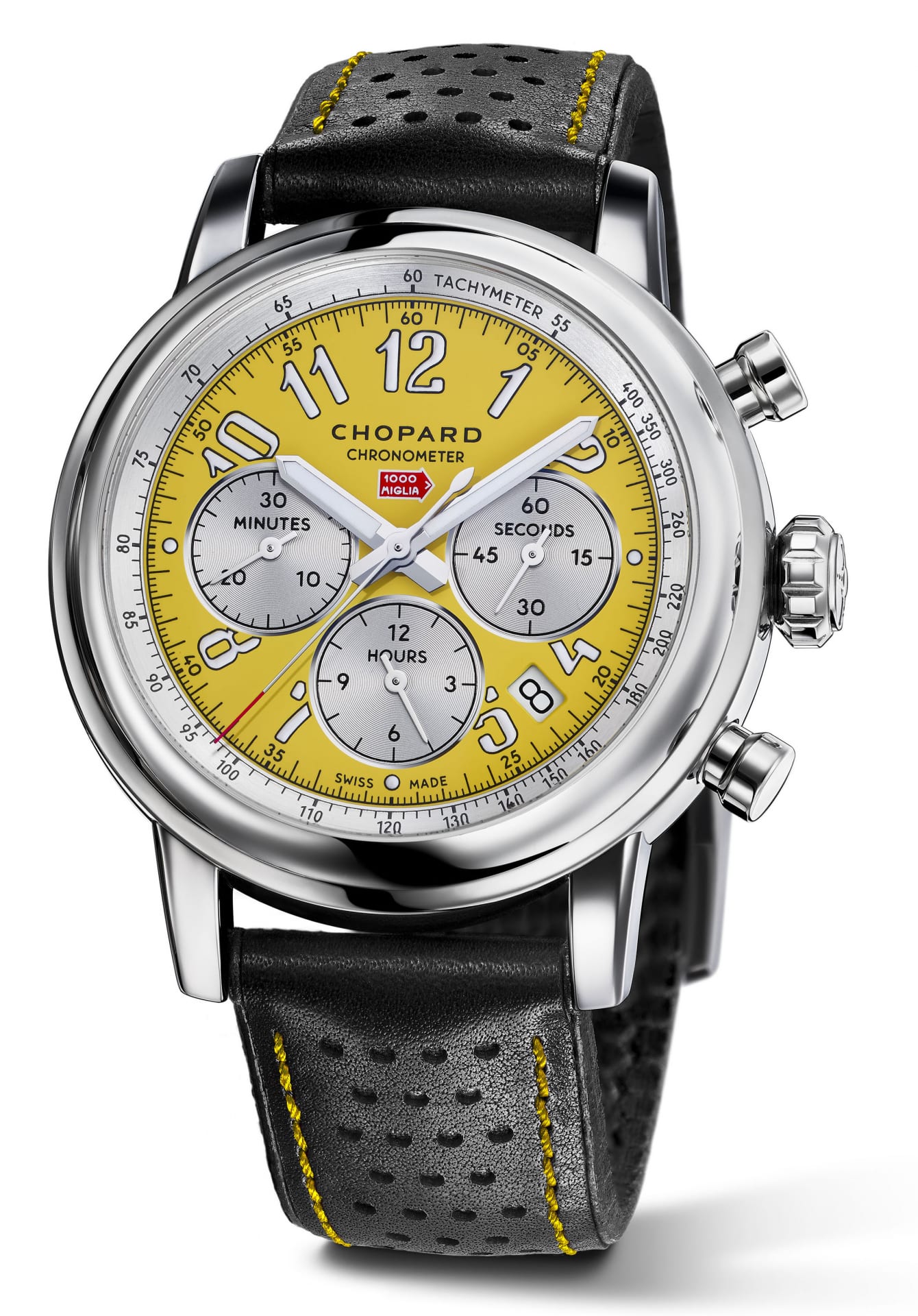
It hasn’t helped either that for years, the company’s watchmaking division has relied heavily on sales of its Mille Miglia watches, by-products of Chopard’s sponsorship of the famous classic road race.
More than three decades since the partnership began, the company is still making some of these entry-level watches with third-party movements such as ETA’s ubiquitous Valjoux 7750.
But their importance to the company is less than it was. Mr Scheufele says 80% of the company’s watches now have in-house mechanical movements, even accounting for the fact that around 10% of the portfolio are quartz Happy Sport pieces.
Mr Scheufele cites 20 different calibres and production of 300,000 individual movements, two thirds under the Fleurier Ebauches banner (which has been making higher volume movements since 2007) and the rest made for the brand’s high-end L.U.C collection. Small beer by Rolex standards, perhaps, but he’s keen to make the point: “We feature a beautiful finish and technically the movements are very sophisticated.”
He says Chopard is now making around 40,000 movements a year, which would equate to annual production of 50,000 watches. In its widely respected report published in March, Morgan Stanley estimated 58,000 watches, with turnover of CHF 369 million. But Mr Scheufele, without confirming his company’s revenues, describes the figures as “not accurate”.
Despite its successes, Chopard remains in the shadows of some of its noisier neighbors. Omega, IWC, Panerai, Breitling and indeed Rolex have advertised their manufacturing capabilities more effectively over the last two decades.
That Rolex smelts its own gold is relatively well known, but far less familiar is that Chopard opened its own foundry in 1978, a quarter of a century before the world’s most powerful watch company. Its commitment to responsible diamond sourcing and use of “Ethical Gold” has been ahead of the curve, too.
Much of this, no doubt, is down to Mr Scheufele himself. The 64-year-old heir to the Scheufele fortune is a modest, gently sophisticated presence, the polar opposite of some of his attention-seeking peers.
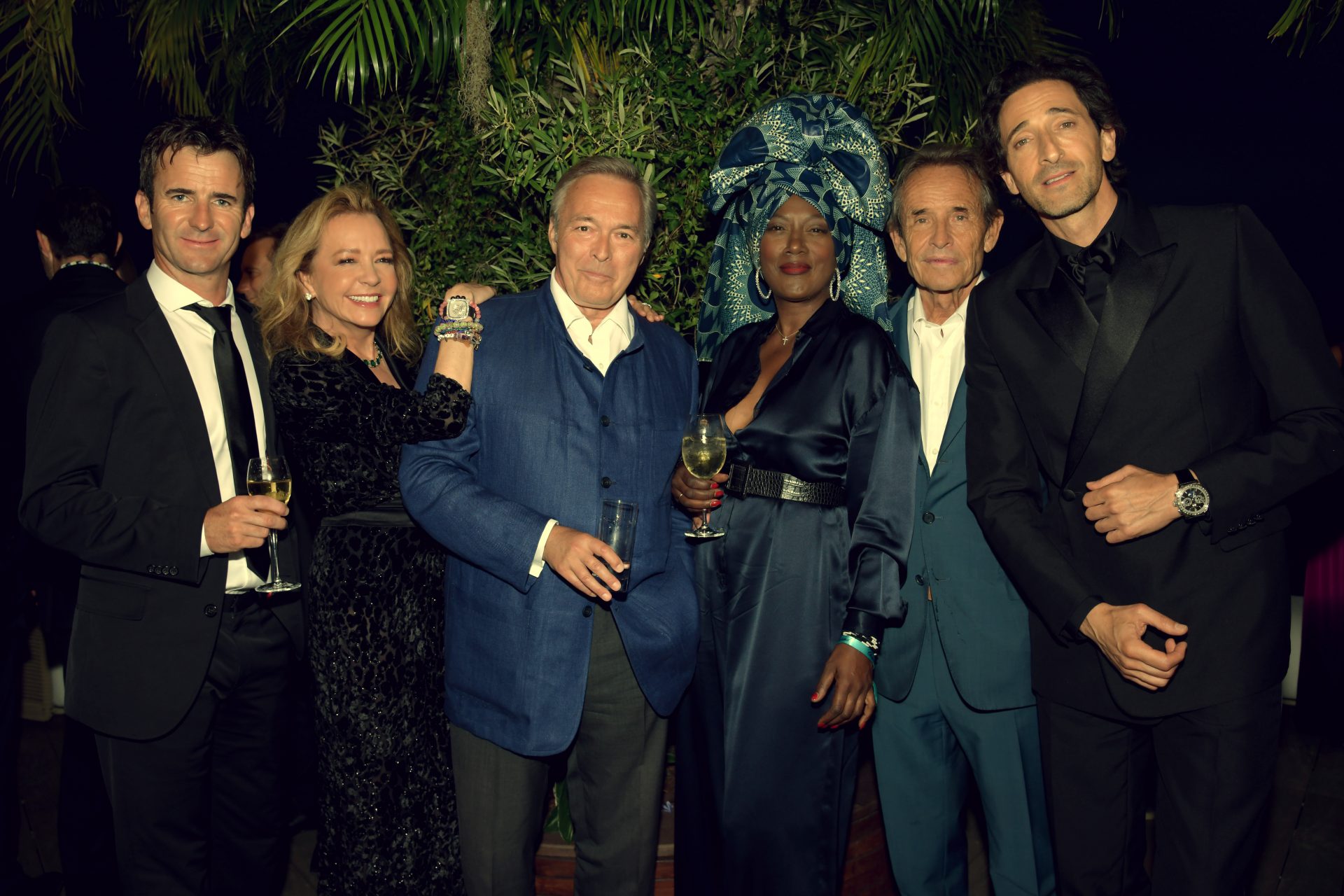
Today, he’s wearing a navy-blue shirt, chinos and a pair of well-used hiking boots, symbolic of his passions. Our conversation takes place under a tree, not 20 yards from a secluded 18th century wooden hut that has been turned into a pop-up restaurant for entertaining the press, but that would otherwise be used for feeding cattle (draw your own comparisons).
There’s no dry ice, no flashing lights or thumping soundtrack provided by a fashionable DJ, and we’re told we can’t post the new watches we’ve just been shown on social because there’s an embargo on them until October. It is, for better or worse, an old-fashioned approach. A groan goes up from the gathering of 20 or so press.
Watchmaking though, is not a monoculture. And Mr Scheufele seems entirely at ease with his company’s MO, and its progress. “We are masters of our own destiny,” he says, referring to the company’s continued independence and the control its manufacturing powers give it.
He estimates that a new cycle of lock downs in China will have knocked business in the territory by 30% – “like everyone else,” he says – but notes growth in America, the Middle East, Japan and Europe has more than covered for the losses. If anything, slowdown in China has been a blessing in disguise. “If China would fare the same as last year, we would have a problem with production,” he says with a shrug.
Likewise, he says requests for bespoke pieces – Chopard made an Alpine Eagle with a solid gold case and bracelet for one customer, weighing around 300 grammes – have spiralled. “It’s almost becoming difficult to serve all these requests,” he says. “We are trying to slow things down a little bit.”
Ferdinand Berthoud, Chopard’s low-volume sister brand, is having the same problem, with demand far outstripping supply, which remains below 100 pieces a year, he adds.
If there’s a disappointment, it’s that Brexit and the cancellation of the UK’s tourist VAT reimbursement scheme kiboshed his plans to open an Art in Time independents boutique in London, replicating a concept he introduced in Monaco in 2019.
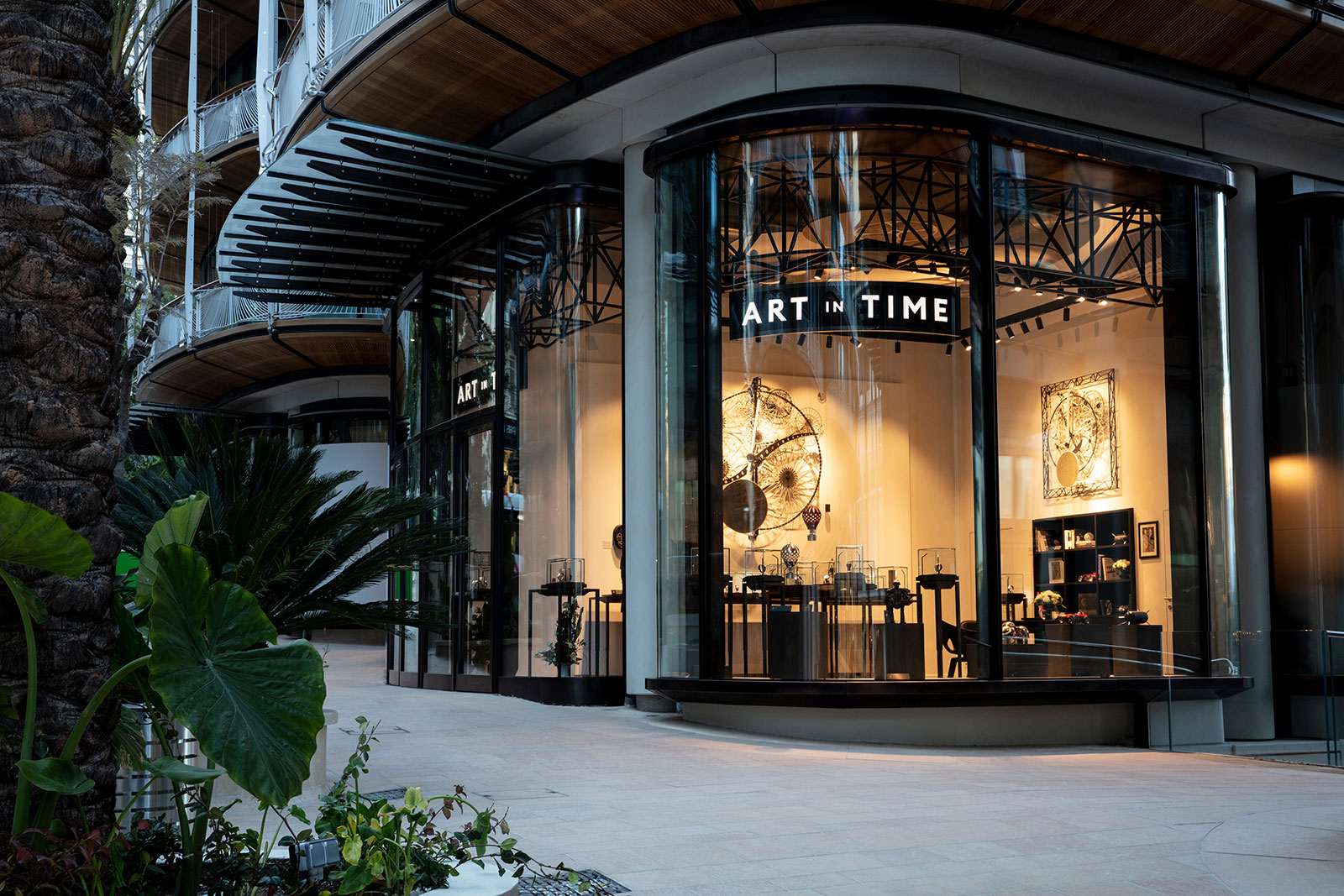
“For the moment it’s dead in the water,’ he says. “It’s a shame. I was really very excited about it. We had the contract on the table and it was going to be in a very nice location in Burlington Arcade. But I scrapped it.”
Then he returns to the positive. “With the collection that we offer right now, we offer strong value for money,” he says. “We are very well positioned.”

